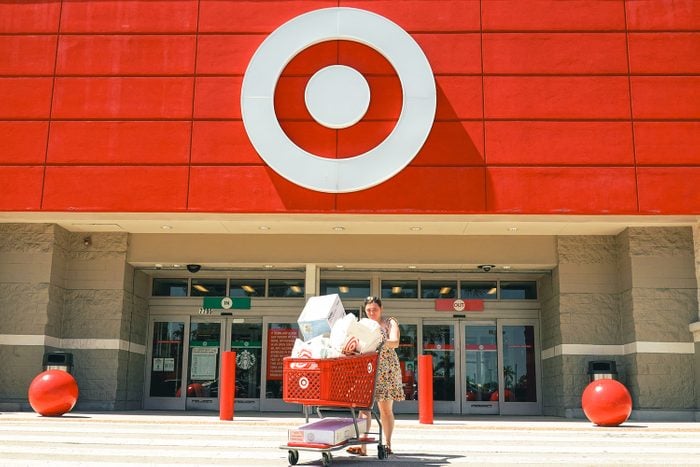Dynamic Pricing: Which Stores Use It and How Does It Work?
Updated: Jan. 27, 2024

You pay more for things based on when (and how) you buy them, thanks to a practice known as dynamic pricing.
In certain industries, you expect to pay more (or less) for the same product depending on when you purchase it. A single night at the same hotel might cost two very different prices depending on when you book your stay. The same is true of a flight—you pay much more to fly home for Thanksgiving than you pay for the same plane ticket a few months later. This practice is called dynamic pricing.
But shoppers are often unaware that this same principle could apply to the items in your shopping cart—both online and at physical stores. Here’s what you need to know.
What is dynamic pricing?
It’s a strategy that businesses use to manage the changing supply and demand for different products and services that they sell. Other terms that describe this same business strategy include surge pricing and time-based pricing.
Unfortunately, as a consumer, dynamic pricing can have a meaningful impact on your budget. If you’re shopping for a household item, toy or other product that’s in high demand, a retailer might increase the price of that product to try to increase profits. Even groceries could cost more at certain times of the week thanks to these practices.
Is dynamic pricing legal?
As a customer, paying more for the same product or service depending on when or where you buy something feels deceptive and shady. Yet according to experts, there’s nothing illegal about stores and online retailers implementing dynamic pricing.
Hotels and airlines have been utilizing this practice for decades. In fact, the trend of businesses using this strategy of raising and lowering pricing to manage inventory and increase profits seems to be more common today than it was in the past.
Which stores use dynamic pricing?
Many retailers implement dynamic pricing strategies on a regular basis. Amazon is one of the biggest users of this pricing strategy. According to reports, the online retail giant changes prices more than 2.5 million times per day.
Other major retailers are reported to use dynamic pricing as well, including Target, Walmart, Best Buy, Kroger and others. A 2019 investigation found that Target app users paid higher prices when shopping inside a Target store versus shopping outside in the parking lot. The theory was that shopper inside the store were more committed to making a purchase, and therefore more likely to pay a higher price.
Meanwhile, Walmart is preparing to bring digital price tags to 500 of its stores to make shifting prices throughout the day easier to manage at brick-and-mortar locations. Some online reports from shoppers warn that you should be careful because the prices you see on the shelves at big box stores (and elsewhere) don’t always match the amounts you pay at checkout.
How do you avoid overpaying?
Retailers use advanced technology to track and adjust prices to earn the highest profits possible. If you want to avoid paying more where dynamic pricing is concerned, use technology to beat retailers at their game.
It’s no secret that grocery shopping apps have the ability to simplify your life and help you save money. At the same time, price-tracking programs and deal alerts can help you detect changes in the cost of goods and services behind the scenes. A few apps that could help you fight the impact of dynamic pricing include:
It’s also a good idea to turn off your location tracker on any shopping apps you use—especially the Target app. Reports indicate that Target charges higher prices to customers in certain parts of the country and lower prices in others.
If you’re shopping in person, remember to make sure the price on the shelf matches the price that rings up at the register. Consider taking pictures with your phone and comparing the two before you pay.
No consumer is going to be a fan of dynamic pricing, especially when many people are already struggling with the cost of rising prices. Unfortunately, it’s here to stay. But if you’re willing to put in extra effort, you can save money and avoid paying inflated prices for the products you need.
